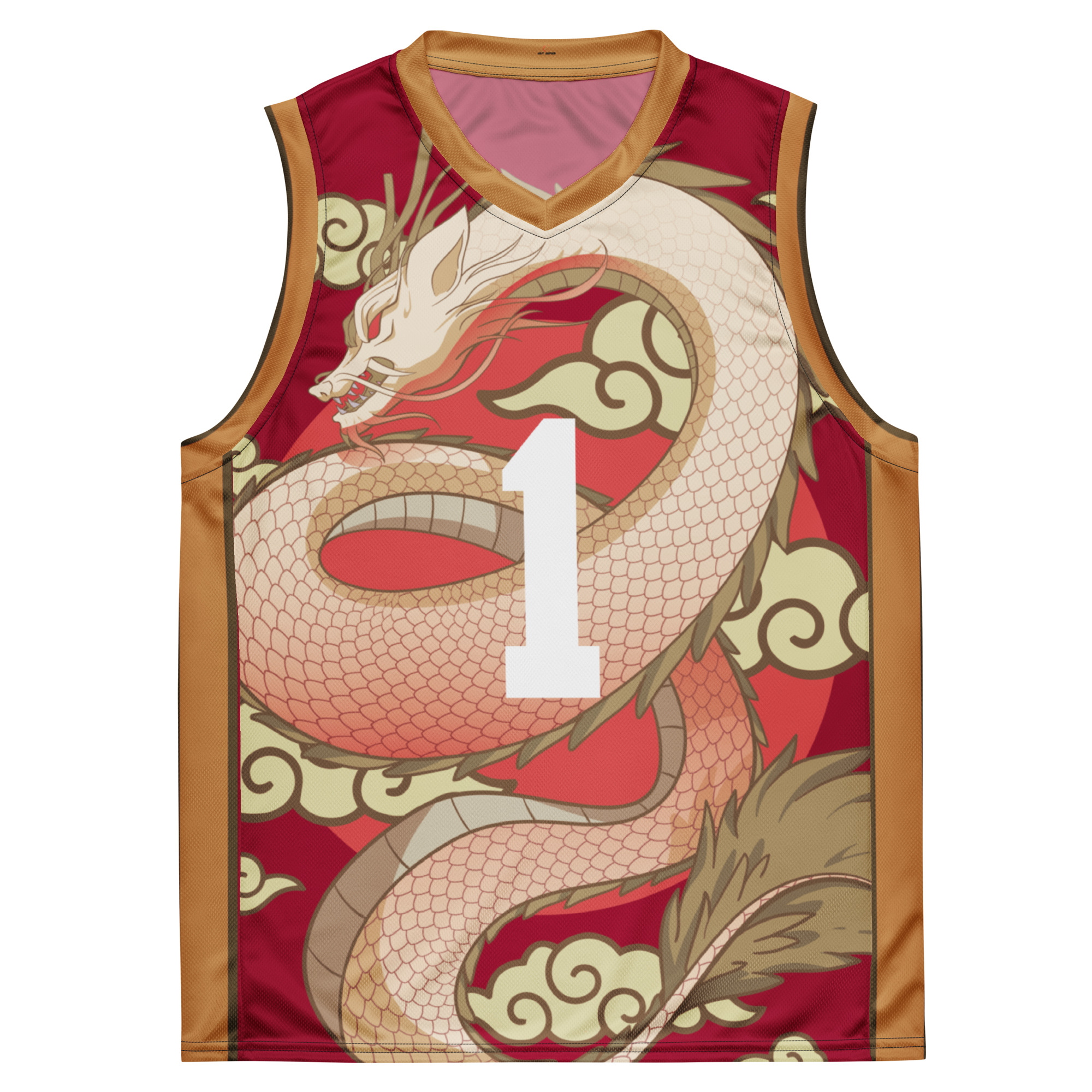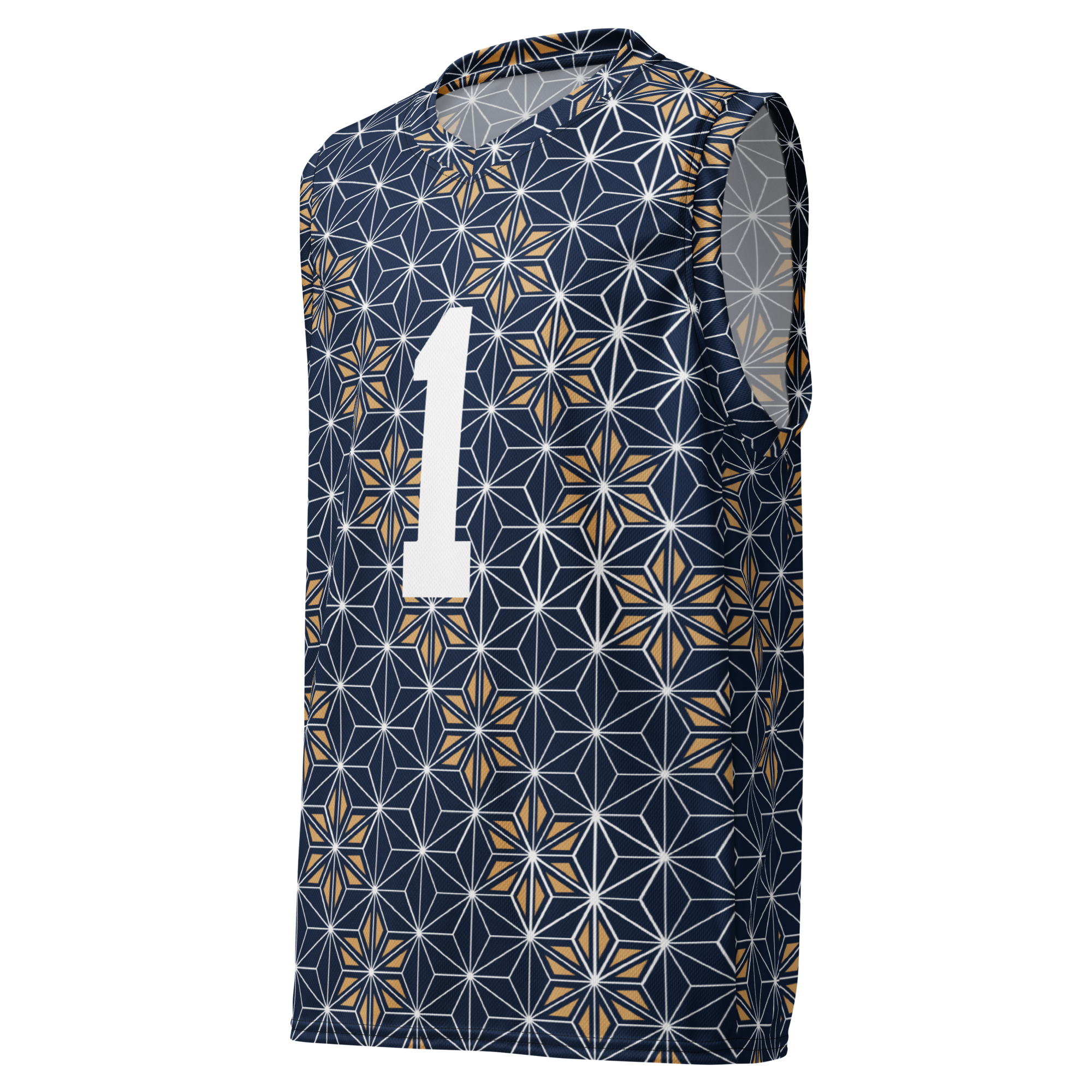Anime's Fast Lane: 5 Series That Capture the Thrill of Cars

Anime and car culture—two worlds that might seem miles apart but often come screeching together with a roar. Recently, car-themed anime shows have been picking up speed, attracting both anime aficionados and car enthusiasts into the same lane. It’s more than just animated thrills; it's about a subculture that marries the love for high-octane action with the art of storytelling.
Just take a look at the surge of these anime over recent years. Car racing has always fired up imaginations, but anime gives it that extra dose of fantasy and drama. Shows like "Initial D" and "Wangan Midnight" have not only sustained their popularity but cultivated a dedicated following, particularly among JDM (Japanese Domestic Market) fans. These series dive into the nitty-gritty of car tuning, street racing, and driving techniques, turning viewers into wannabe racers and tech geeks overnight.
This intersection of passion attracts newcomers into the fold, making car-themed anime a starting grid for lifelong interests. Whether you're intrigued by engine specs or epic rivalries, these series deliver on both fronts.
So, what’s the magic formula? It's the blend of detailed car lore and captivating plots. Anime offers a visual and emotional connection that you can’t get from just reading a car manual or watching a race. For anime fans, these series provide adrenaline-pumping action, while car enthusiasts revel in the authenticity of the cars and driving techniques featured.
The Toyota AE86 from "Initial D" isn’t just a car; it’s a legend. Similarly, the Devil Z from "Wangan Midnight" embodies high-speed midnight marathons on Tokyo’s Wangan highway. These cars become characters in their own right, each with a story, each influencing pop culture and even real-world car communities.
This article takes a pit stop to examine five car-themed anime that have left tire marks in both anime and car communities:
-
Initial D: The Drifting Phenomenon - A seminal series focusing on mountain pass racing that made the Toyota AE86 an icon.
-
Wangan Midnight: High-Speed Highway Racing - Puts the pedal to the metal with heart-pounding highway races.
-
MF Ghost: The Future of Racing Anime - Picks up where Initial D left off, adding modern tech and new models into the mix.
-
Redline: Futuristic Racing Spectacle - Combines sci-fi elements with jaw-dropping races and unique vehicle designs.
-
Speed Racer: The Classic That Started It All - A pioneer in car anime that set speed records and broke boundaries.
From the classic to the cutting-edge, each series brings something distinct to the track, proving that car-themed anime is here to stay. Next up, let’s delve into a show that's both an icon and an influence: Initial D's drifting phenomenon.
1. Initial D: The Drifting Phenomenon
Imagine a world where the excitement of downhill racing meets the allure of anime. That's exactly what "Initial D" delivers. This series isn't just another racing anime; it’s an icon in its own right. It has achieved a legendary status amongst anime fans and car enthusiasts alike, making it an almost religious text for those who crave the thrill of street racing and the elegance of drifting.
"Initial D" chronicles the story of Takumi Fujiwara, a high school student who inadvertently becomes a drifting genius thanks to his daily tofu delivery runs on the twisty roads of Mt. Akina. His car? The now-mythical Toyota AE86, a modest and unassuming vehicle that becomes a symbol of drifting prowess (HiddenPalmTree).
"Initial D" immerses its audience in the world of mountain pass racing, known in Japan as "touge." It's a dangerous, high-stakes environment where speed alone won't secure victory. Drifting, the act of sliding a car sideways through turns, is key. The war between grip and drift driving is explored in detail, making it a goldmine of information for car enthusiasts (Nippon).
The series skillfully demonstrates various drifting techniques, such as the gutter run, where Takumi uses the side gutters to navigate tight corners at high speeds. It's not just eye candy; it’s car physics made animated glory. You can't help but sit on the edge of your seat, wondering how a mere AE86 could keep up with high-power RX-7s and GT-Rs.
The impact of "Initial D" on car culture is immense. Before the series, the Toyota AE86 was just another 1980s compact car. Post-"Initial D"? It's become a legendary machine (Medium). Car fans started seeking out these vehicles, turning them from cheap, mundane cars into prized collector's items.
The series also helped popularize drifting as a motorsport. Mountains like Mt. Akina in "Initial D" are based on real places in Japan, suddenly becoming meccas for aspiring drifters (PerfectShift). Even internationally, it inspired a new generation to take their cars to winding mountain roads, mimicking the show’s dramatic battles.
For those sitting in the driver's seat of their imagination, "Initial D" was not just a show; it was a calling to get behind the wheel and conquer mountains. Transitioning from low-key tofu deliveries to legendary street races, this anime set the stage for a future where cars are not just tanks of metal but characters with stories of their own.
2. Wangan Midnight: High-Speed Highway Racing
Buckle up for a heart-pounding ride in "Wangan Midnight," the high-speed anime series that takes the thrill of street racing to the bustling urban highways of Tokyo. This adrenaline-fueled show features intense, high-stakes races along the Shuto Expressway, where speed, skill, and guts are the only ways to win.
Unlike "Initial D's" mountainous drifting, "Wangan Midnight" showcases the raw power and speed of supercars on the city's neon-lit highways. The series centers around the protagonist, Akio Asakura, and his possession of the legendary "Devil Z" Nissan Fairlady Z, a cursed car that attracts danger and pushes its driver to the limit (Wangan Midnight Wiki).
"Wangan Midnight" displays an impressive array of iconic, high-performance Japanese cars, including the Nissan R34 GT-R, the Toyota Supra, and the Mazda RX-7. The series is known for its exceptional visuals and attention to detail, capturing the adrenaline-soaked atmosphere of racing on the urban streets with style and finesse.
The cars are not just machines; they're characters with their own unique personalities and histories. For instance, the rivalry between Akio's Devil Z and the Porsche 911 Turbo "Blackbird" is a central theme, reflecting the intense competition between Japanese and imported cars in the real-life racing scene (Wangan Midnight Wiki).
"Wangan Midnight" has significantly influenced the urban racing and car customization culture in Japan and beyond. The series highlighted the potential of supercars and the thrill of nighttime racing, inspiring a new generation of car enthusiasts (Reddit).
While "Initial D" focused on the art of drifting, "Wangan Midnight" emphasized the importance of raw power, exhilarating speed, and the need for expert control in urban environments. As a result, it has left an indelible mark on the car culture, inspiring many to pursue the high-speed, high-stakes world of expressway racing.
MF Ghost: The Future of Racing Anime
Rev up your engines, folks, because "MF Ghost" is here to merge the nostalgic vibes of "Initial D" with a fresh, modern twist. Created by Shuichi Shigeno, the same mastermind behind "Initial D," this series dives into the exhilarating world of car racing but with a futuristic touch. Set in a time when self-driving cars have become the norm, "MF Ghost" presents a society where internal combustion engines are nearly relics, but not quite forgotten. It's a racing anime that saucily winks at the past while sprinting towards the future.
Don't think for a second that "MF Ghost" is just a lazy rehash. It picks up the torch from "Initial D" and burns a new trail in the racing genre. The seasoned racer Ryosuke Takahashi from "Initial D" appears as a central figure in the MFG racing scene, giving fans a nostalgic nudge. The series even features brief cameos like Takumi Fujiwara offering sage wisdom to new racers, further reinforcing its heritage (MF Ghost Wiki).
"MF Ghost" isn't stuck in the past. It significantly ups the technological ante with self-driving cars and advanced AI, creating an exciting dichotomy between old-school petrolheads and cutting-edge tech enthusiasts. The protagonist, Kanata Livington, drives a Toyota 86, which, while not a self-driving pod, holds its own on the track with the raw power car lovers crave (Wikipedia).
The series features a dazzling array of contemporary cars, from the Toyota GR Supra to the Honda NSX. Each vehicle is a marvel of modern engineering, and the artwork pays meticulous attention to their design and performance. "MF Ghost" isn't just about speed; it's about showcasing what's possible when you blend human ambition with technological prowess.
"MF Ghost" is more than just an anime about fast cars. It's a cultural bridge that marries the glory days of "Initial D" with the uncharted roads of tomorrow. Its emphasis on new technologies makes it a must-watch for both long-time fans and newcomers curious about the evolution of racing anime.
And speaking of evolution, let's just say the next series we're diving into takes this whole futuristic aesthetic and injects it with a healthy dose of sci-fi flare.
4. Redline: Futuristic Racing Spectacle
Imagine a world where traditional racing elevates into a hypnotic, high-octane spectacle. That’s exactly what "Redline" delivers, and it does so in a way that's hard to forget.
"Redline" isn’t just any ordinary racing anime; it stands out due to its distinct art style and epic racing sequences. What's more jaw-dropping is that the film uses over 100,000 hand-drawn frames and spurns CGI entirely. This commitment to traditional animation brings a vibrant and nostalgic feel, setting it apart from the CGI-laden contemporaries (IMDb).
Sci-fi and racing don’t usually mix, but "Redline" manages to blend them seamlessly. Set in a future where airborne vehicles are the norm, those with a racing heart still crave the raw, ground-based thrill of car racing. Enter "Redline," the most dangerous race in the universe, held every five years where anything goes (Why So Blu?).
Visually, "Redline" is a feast for the eyes. The animation studio, Madhouse, went all out with vibrant colors, sleek designs, and fluid motion, making each race a memorable visual experience. The imaginative vehicle designs range from sleek racing cars to bizarre, monstrous constructs, showcasing the creative freedom of the artists (Why So Blu?).
Our protagonist, JP (lovingly dubbed "Sweet JP"), is a reckless, leather-clad bad boy who lands a spot in the "Redline" race. With his absurdly retro ducktail haircut, JP embodies a charming mix of nostalgia and futuristic flair. His character isn’t just about winning the race but also about the raw love for racing, making his journey both gripping and relatable.
If the visual and character design doesn’t sell you, the races surely will. "Redline" races are chaotic, featuring explosions, sabotage, and an overall disregard for rules. With everything from mafia interference to intergalactic issues, the stakes are always sky-high. The race is held on Roboworld, a planet that sees the race as an intrusion, adding another layer of tension (Why So Blu?).
Through its over-the-top action and stunning visuals, "Redline" encapsulates what’s possible when artistic vision and sheer automotive enthusiasm collide.
Cruise into the next chapter, where we'll dive into the roots of car-focused anime with a classic that started it all.
5. Speed Racer: The Classic That Started It All
Let's take a trip down memory lane with "Speed Racer," the anime series that practically invented the car-focused anime subgenre. Originally titled "Mach GoGoGo," this show was the brainchild of Tatsuo Yoshida, hitting the TV screens in 1967 (Wikipedia). Before roaring onto TV, "Speed Racer" began as a manga, which quickly grabbed international attention and paved its way to anime greatness (Nerdist).
Ah, the Mach 5—every gearhead’s dream machine. Speed Racer's car was inspired by a stunning blend of the Ferrari 250 TestaRossa, Ford GT40, and 007's weaponized Aston Martin (IMDB). This wasn't just any racecar; it came loaded with gadgets galore, like saw blades, jump jacks, and a homing robot. Don't these features remind you of a certain British super spy? The Mach 5 wasn't just series eye candy—it was a trendsetter, influencing future pop culture and car designs.
Despite debuting over half a century ago, "Speed Racer" continues to leave tire marks in the sand of anime and pop culture history. The show was fiercely dubbed into English and featured rapid-fire dialogue that remains iconic to this day (IMDB). Speed Racer's adventures showcased a mix of family values, high-speed action, and moral lessons, themes that have echoed through subsequent racing anime.
Even countless years later, the influence of "Speed Racer" is evident in many forms. Be it the 1997 modernized version, "Mach GoGoGo," a successful American live-action movie in 2008, or the persistent merchandising, Speed Racer has zoomed across generations (Wikipedia). The blend of exciting racing, innovative car features, and engaging storylines has ensured that Speed Racer's flag will keep flying high.
As we fondly recall Speed Racer's legacy, it's clear that this classic really did start it all, capturing the hearts of motoring aficionados and anime fans alike.
Keeping the wheels rolling, let’s explore the broader spectrum of car-themed anime, reflecting on their diversity and cultural impact.
Conclusion
Zooming through the lanes of car-themed anime, we've revved up with an eclectic mix of stories. From the high-stakes drama of "Initial D" to the futuristic spectacle of "Redline," the genre offers something for everyone. The beauty lies in its diversity. Some focus on the gritty realism of street racing, while others take you on a hyper-futuristic joyride that defies physics. Whether you're an anime aficionado or a gearhead, there's a car anime tailored just for you. Each series adds its own unique spin, leaving fans spoilt for choice.
Let's put pedal to metal and explore why car-themed anime has sustained its popularity. At its core, these series do more than showcase fast cars and daring drivers. They capture the essence of human ambition, rivalry, and, of course, the love of the open road. Over the years, the genre has adeptly embraced evolving technologies and changing tastes, from the humble Toyota AE86 in "Initial D" to the AI-laden races in "MF Ghost." These shows reflect real-world innovations, making them perpetually relevant.
The inclusion of ever-evolving car models, cutting-edge technologies, and nuanced storytelling keeps the genre fresh. For instance, anime like "MF Ghost" incorporate autonomous vehicles and AI, placing themselves perfectly in tune with today's automotive landscape. This foresight ensures the genre remains captivating, not just as nostalgic trips but also as thrilling summits to what's next.
Still on the fence? Maybe you're thinking, "How do I pick just one to start?" Here's the deal—dive into any of the series we’ve discussed, and you're unlikely to regret it. Fancy some old-school charm? Start with "Speed Racer." Want a dive into the high-speed world of the Wangan Expressway? "Wangan Midnight" has you covered. Each series is a revving engine, ready to take you on a rollercoaster of emotions, technical know-how, and pure exhilaration. Enjoy the ride!


































Dejar un comentario